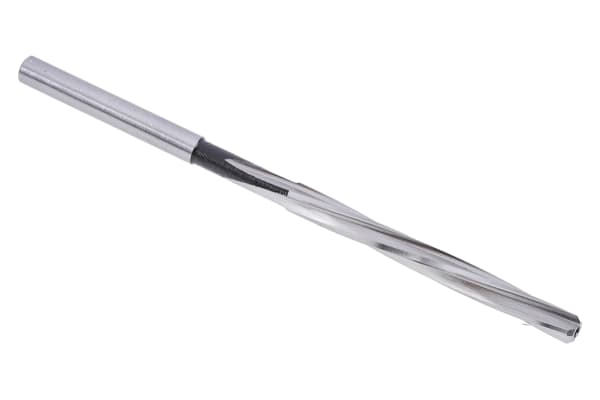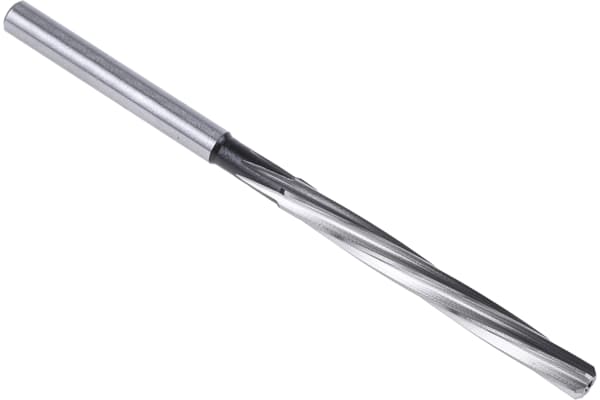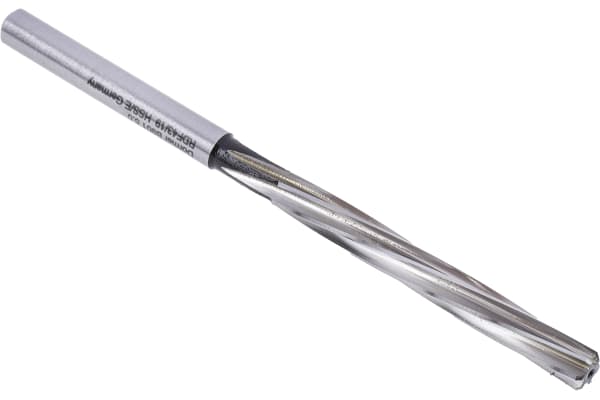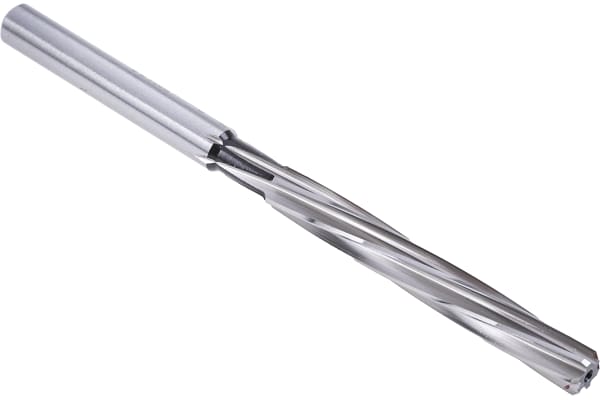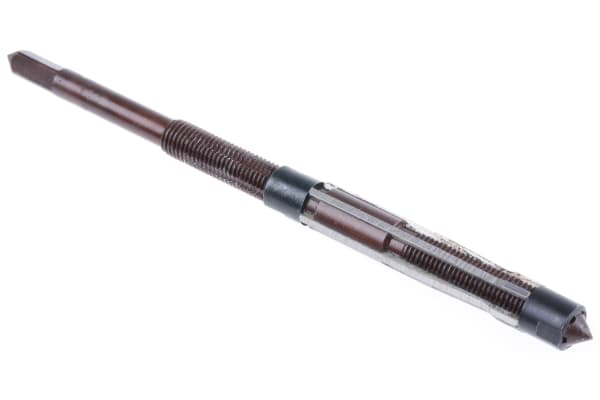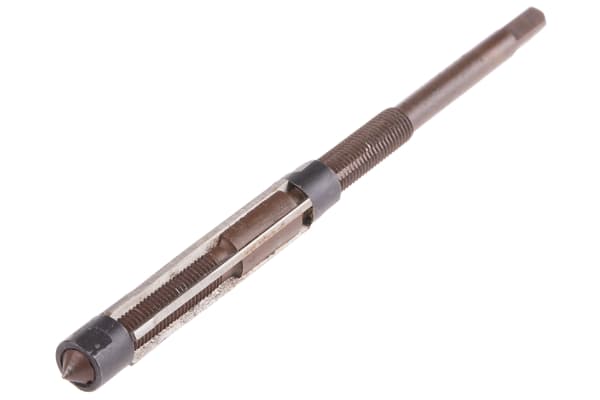Machine Reamer Bits
When completing high-performance projects that require the forming of precise holes in or through materials, the sides of the hole may require additional work to ensure they are completely smooth. In this case, reamers are designed to completely smooth the hole to a high degree of accuracy.Due to the removal of the uneven material, reaming will slightly enlarge the hole you have created, therefore making it advisable to form the initial hole fractionally smaller to allow for the reaming space – this is called the allowance. It is recommended that the drilled hole should not be enlarged by more than 5% of the drilled diameter.Typically made from carbide or high-speed steel (HSS), these multi-edged rotary cutting tools are used in metalworking for enlarging and finishing holes to a high level of precision and accuracy.What types of reamer are there?At RS Components, we have both machine reamer bits and hand reamer bits. The main difference between the two is that hand reamer bits have a longer taper or lead in at the front end of the bit, which compensates for the difficulty of using hand power alone.Straight reamer bits are used to make only minor enlargements to holes, typically ones used for the force-fitting of location dowel pins or for unthreaded shoulder bolts.With helical/spiralled reamer bits, a clockwise reamer will pull any debris up and out of a blind hole, whereas an anti-clockwise reamer will push debris forward, which can be helpful when creating a through-hole.A tapered reamer is used to make a tapered hole for a tapered pin, which is a self-tightening device due to the shallow angle of the taper. They are commonly used in aircraft assembly and may only be re-reamed a small number of times during an aircraft’s career.Combination reamers have two or more cutting surfaces, cut to resemble the part’s multiple internal diameters. Using combination reamers reduces the number of separate operations as well as precisely creating relative depths and diameters.Adjustable reamers consist of several blades along a tapered groove that can be adjusted to cover a small range of hole sizes. They are restricted to light usage due to the absence of any spiral in the flute, meaning they will only remove minimal material for each diameter setting, and cannot be used in holes that have an axial split.
-
Dormer HSS 3mm x Straight Shank Reamer Bit
IDR743,670.10 -
Dormer HSS 4mm x Straight Shank Reamer Bit
IDR635,423.62 -
Dormer HSS 5mm x Straight Shank Reamer Bit
IDR671,715.56 -
Dormer HSS 6mm x Straight Shank Reamer Bit
IDR794,122.19 -
Dormer HSS 8mm x Straight Shank Reamer Bit
IDR891,250.33 -
RS PRO HSS 11.75 → 12.75mm x Straight Shank Reamer Bit
IDR1,450,838.48 -
RS PRO HSS 21 → 23mm x Straight Shank Reamer Bit
IDR2,984,330.28 -
RS PRO HSS 7.75 → 8.5mm x Straight Shank Reamer Bit
IDR1,162,915.43 -
RS PRO HSS 8.5 → 9.25mm x Straight Shank Reamer Bit
IDR1,209,381.70



